Rendering lard, the process of melting pork fat to extract pure, aromatic oil, is a culinary tradition practiced across cultures for centuries. While lard is prized for its rich flavor and versatility in cooking, one common challenge home cooks and professional chefs face is eliminating the pungent, gamey odor that can develop during the rendering process. This unappealing aroma, often described as “fishy” or “meaty,” stems from impurities in the fat, proteins that break down under heat, and the natural compounds present in pork tissue. Fortunately, with the right ingredients and techniques, this issue can be mitigated, resulting in a clean, neutral-tasting lard that enhances dishes rather than overpowers them.
This article explores the science behind lard’s odor profile and delves into the most effective ingredients to use when rendering lard. From aromatic herbs and spices to acidic agents and allium vegetables, each additive serves a unique purpose in neutralizing unwanted smells while imparting subtle flavors. By understanding the chemical interactions at play and mastering the rendering process, you can elevate your lard-making skills to a new level of precision and quality.
The Science Behind Lard’s Odor
Before diving into solutions, it’s essential to grasp why lard develops an unpleasant smell. Pork fat contains volatile compounds, such as aldehydes, ketones, and sulfur-containing molecules, which are released when the fat is heated. These compounds are byproducts of protein denaturation and lipid oxidation—processes that accelerate as the fat reaches higher temperatures. Additionally, residual blood, connective tissue, or meat particles trapped in the fat can contribute to a stronger, more persistent odor.
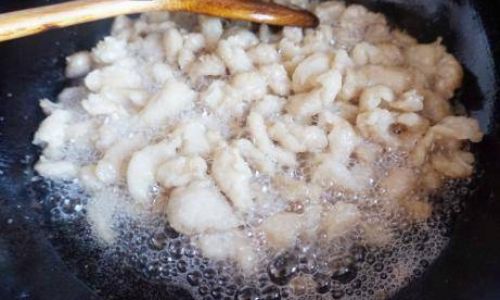
The goal of rendering lard is to separate pure fat from these impurities while minimizing the release of off-flavors. This is where strategic ingredient selection comes into play. By introducing substances that either neutralize volatile compounds, mask odors, or accelerate the breakdown of impurities, you can achieve a cleaner-tasting final product.
Fresh Ginger: The Odor-Neutralizing Powerhouse
Ginger (Zingiber officinale) is a cornerstone ingredient in Asian cuisines, renowned for its ability to balance flavors and eliminate unwanted smells. When rendering lard, adding fresh ginger root serves multiple purposes:
- Chemical Neutralization: Ginger contains volatile oils like gingerol and zingiberene, which have antimicrobial and anti-inflammatory properties. These compounds bind to odor-causing molecules, altering their structure and reducing their potency.
- Aromatic Masking: The warm, spicy aroma of ginger complements the natural richness of lard without overpowering it. This makes it an ideal choice for those who prefer a subtle flavor enhancement.
- Method: Peel and slice a thumb-sized piece of fresh ginger into thin strips. Add it to the cold fat before heating, allowing the ginger to infuse gently as the fat melts. Strain the lard through a fine-mesh sieve or cheesecloth to remove the solids after rendering.
Garlic: Allium’s Antimicrobial Prowess
Garlic (Allium sativum) is another allium vegetable celebrated for its ability to combat odors. While garlic itself has a strong scent, when used judiciously, it can neutralize unwanted smells in lard:
- Sulfur Compounds: Garlic’s pungency comes from allicin, a sulfur-containing compound released when the cloves are crushed. Allicin reacts with odor-causing molecules, breaking them down into less volatile compounds.
- Flavor Synergy: In small quantities, garlic adds a savory undertone to lard, making it ideal for sautéing vegetables or frying meats. However, exercise caution—excess garlic can impart a bitter aftertaste.
- Method: Lightly crush 2–3 garlic cloves (unpeeled) and add them to the fat during the initial stages of rendering. Remove the cloves once they turn golden to prevent bitterness.
Green Onions (Scallions): Freshness and Fragrance
Green onions, or scallions, offer a dual benefit: their bright, grassy aroma and the sulfur compounds in their white bulbs.
- Odor Absorption: The green stalks act as natural deodorizers, absorbing impurities as the lard renders. The white parts release allyl sulfide, which neutralizes gaminess.
- Visual Appeal: While optional, adding a few whole green onions during rendering can infuse the lard with a subtle oniony flavor and a hint of color.
- Method: Chop 3–4 green onions into 2-inch segments, including both the white and green parts. Add them to the fat once it begins to simmer, then discard before straining.
Sichuan Peppercorns: The Numbing Spice
Sichuan peppercorns (Zanthoxylum bungeanum) are not true peppercorns but the dried berries of a prickly ash shrub. Their citrusy, tingling flavor makes them a unique addition to lard-rendering:
- Aroma Modulation: The peppercorns’ essential oils, particularly hydroxyl-alpha-sanshool, interact with odor receptors, temporarily masking unpleasant smells.
- Cultural Authenticity: In Chinese cuisine, Sichuan peppercorns are often paired with lard to create a numbing, aromatic base for dishes like mapo tofu or twice-cooked pork.
- Method: Toast 1–2 teaspoons of Sichuan peppercorns in a dry pan until fragrant, then crush them lightly. Add to the fat during the final 10 minutes of rendering.
Bay Leaves: Herbal Elegance
Bay leaves (Laurus nobilis) are a staple in Western and Mediterranean cooking, prized for their herbal, slightly floral aroma.
- Volatile Oil Release: Bay leaves contain eucalyptol and myrcene, compounds that stabilize volatile compounds in lard, preventing them from escaping as odors.
- Subtle Flavor: Unlike stronger herbs, bay leaves impart a mild bitterness that enhances the lard’s depth without overwhelming it.
- Method: Add 2–3 dried bay leaves to the fat at the start of rendering. Remove them once the lard turns clear.
Star Anise: Licorice-Like Complexity
Star anise (Illicium verum) is a star-shaped spice with a sweet, licorice-like flavor profile.
- Anethole Power: The spice’s primary compound, anethole, has antimicrobial properties and a strong aroma that masks residual odors.
- Culinary Versatility: Star anise pairs well with both savory and sweet dishes, making rendered lard with this spice ideal for baking or stir-fries.
- Method: Use 1–2 whole star anise pods per pound of fat. Add them during the simmering phase and discard before straining.
Cooking Wine: Acidic Intervention
Cooking wines, such as Shaoxing wine (Chinese rice wine) or dry sherry, introduce acidity to the rendering process.
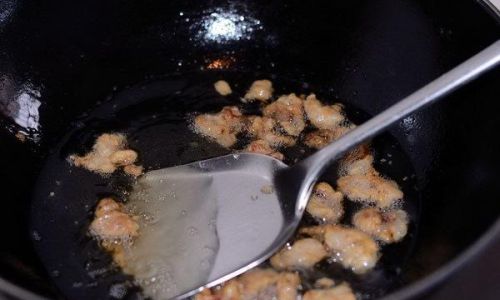
- Protein Denaturation: Alcohol and acids in the wine break down proteins in the fat, reducing the formation of odor-causing compounds.
- Flavor Enhancement: A splash of wine adds a subtle tanginess that balances the lard’s richness.
- Method: Add 1–2 tablespoons of cooking wine to the fat once it begins to melt. Simmer gently to allow the alcohol to evaporate, leaving behind aromatic esters.
Vinegar: The Alkaline Neutralizer
White vinegar or apple cider vinegar can counteract alkaline impurities in lard.
- pH Adjustment: Vinegar’s acidity lowers the pH of the rendering mixture, destabilizing alkaline compounds that contribute to off-odors.
- Caution: Use sparingly, as excess vinegar can impart a sour taste. Start with 1 teaspoon per pound of fat and adjust as needed.
Citrus Peels: Zesty Freshness
Lemon, orange, or lime zest adds a refreshing twist to rendered lard.
- Limonene Benefits: The essential oil in citrus peels, limonene, has antimicrobial properties and a bright aroma that masks gaminess.
- Method: Use organic citrus fruits to avoid pesticide residue. Grate the zest (avoiding the bitter white pith) and add it during the final minutes of rendering.
Salt: The Impurity Extractor
While salt doesn’t directly eliminate odors, it plays a crucial role in improving lard’s clarity and stability.
- Osmosis Effect: Salt draws moisture and impurities out of the fat, helping them coagulate and separate more easily.
- Preservation: A small amount of salt (½ teaspoon per pound) extends the shelf life of rendered lard by inhibiting bacterial growth.
- Method: Stir salt into the fat once it reaches 150°F (65°C). Strain the lard after rendering to remove any sediment.
Mastering the Rendering Process
The success of odor elimination hinges not just on ingredients but also on technique. Follow these steps for flawless lard:
- Start Cold: Place chopped pork fat (preferably back fat or leaf fat) in a heavy-bottomed pot over low heat. Adding ingredients like ginger or garlic to cold fat allows their flavors to infuse gradually.
- Low and Slow: Maintain a gentle simmer (around 200–250°F or 93–121°C). Rapid boiling can cause the fat to brown prematurely, leading to a caramelized flavor that may clash with delicate dishes.
- Skim Regularly: Use a spoon to remove foam and impurities as they rise to the surface. This prevents residual proteins from breaking down into odor-causing compounds.
- Strain Thoughtfully: Once the fat has rendered and the solids turn golden brown, strain the lard through a fine-mesh sieve lined with cheesecloth. For ultra-clear lard, strain a second time through coffee filters.
Storage and Usage Tips
- Cool Properly: Pour hot lard into sterilized glass jars, leaving 1 inch of headspace. Cover with a clean cloth until cooled to room temperature, then seal tightly.
- Refrigerate or Freeze: Rendered lard can be stored in the refrigerator for up to 3 months or frozen for 6–12 months.
- Culinary Applications: Use neutral-flavored lard for baking, frying, or sautéing. Flavored lard (e.g., with ginger or star anise) shines in stir-fries, dumplings, or as a finishing oil for soups.
Conclusion
Rendering lard is both a science and an art. By strategically incorporating ingredients like ginger, garlic, and aromatic spices, you can transform a potentially pungent process into a culinary triumph. Each additive serves a distinct purpose, whether neutralizing odors, enhancing flavor, or improving texture. Experiment with combinations to discover your preferred profile—perhaps a blend of Sichuan peppercorns and bay leaves for a numbing complexity, or citrus peels and vinegar for a zesty freshness.
Remember that patience is key. Low heat, meticulous skimming, and proper straining will yield a lard that not only lacks unwanted odors but also elevates your dishes with its silky texture and pure taste. Whether you’re a traditionalist adhering to time-honored methods or a modern cook exploring new flavor horizons, mastering the art of rendering lard is a skill that rewards both the palate and the soul.
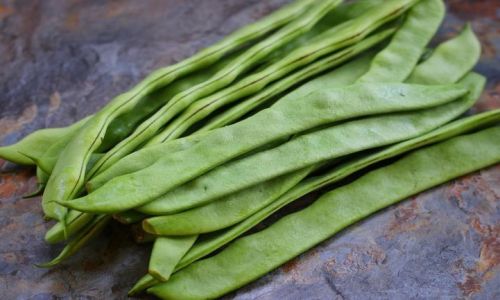
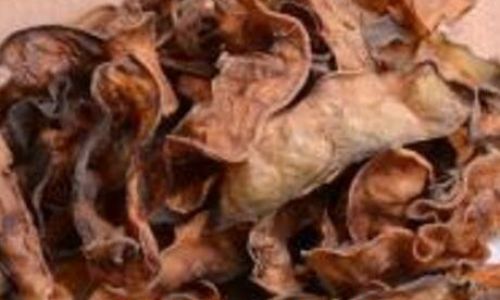
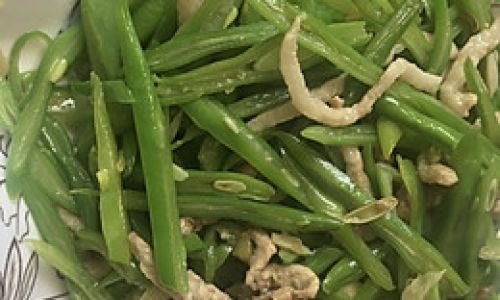
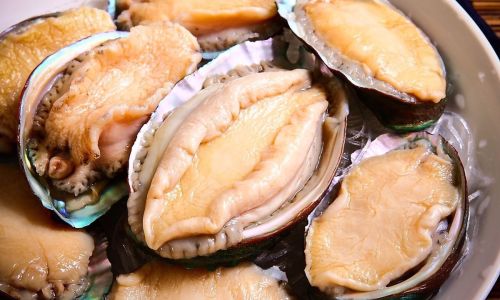
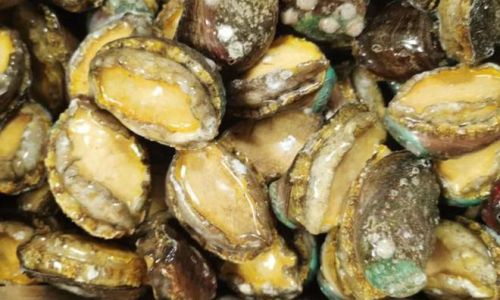
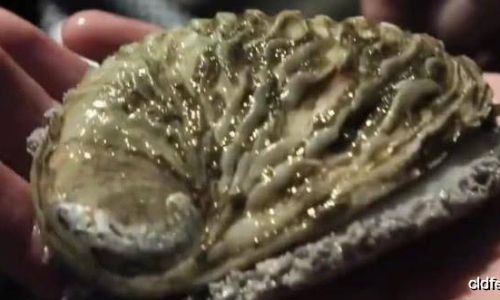
0 comments